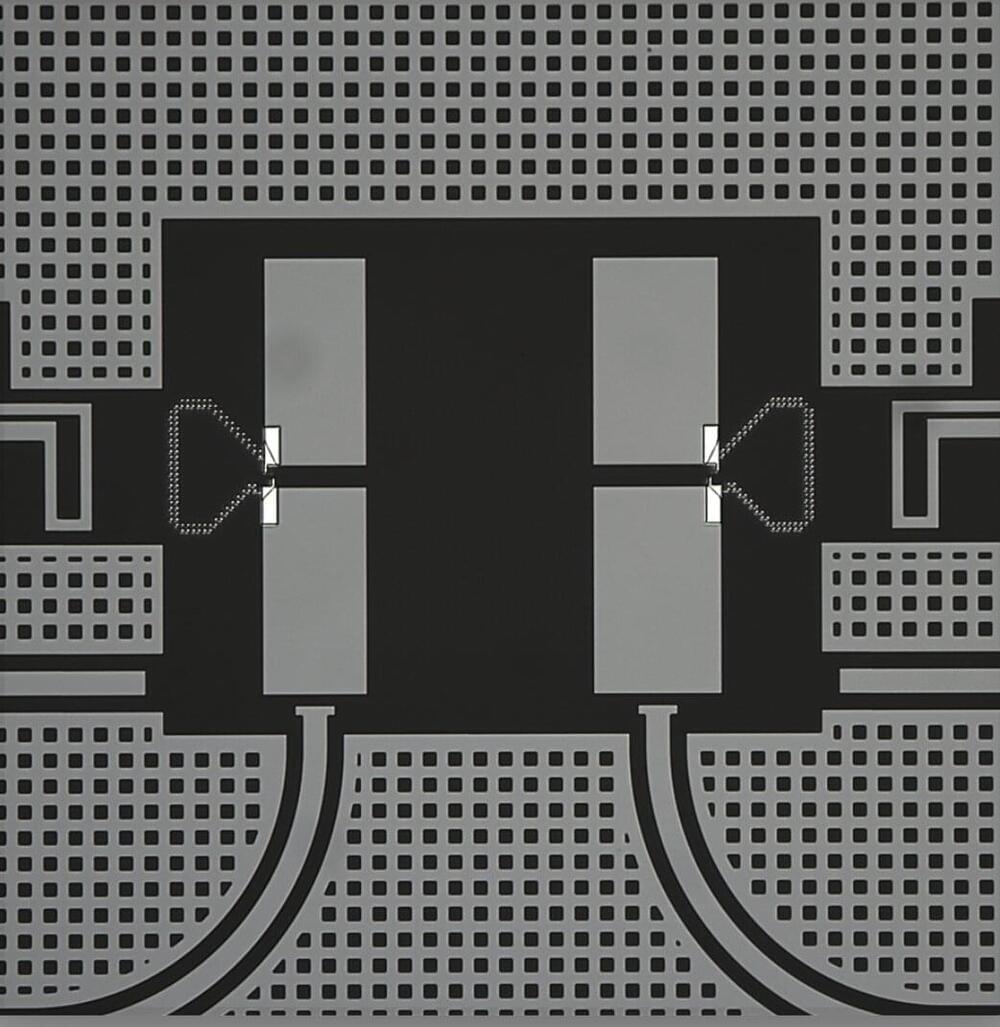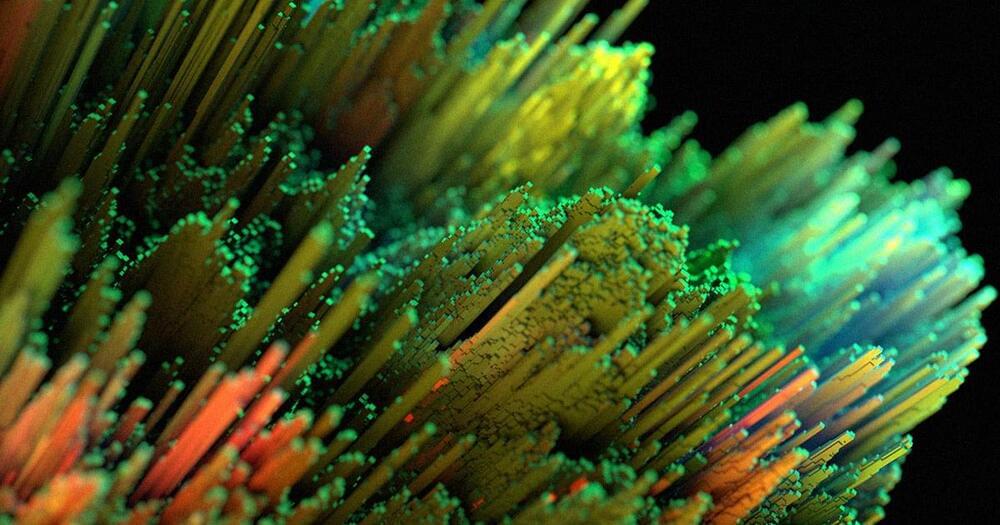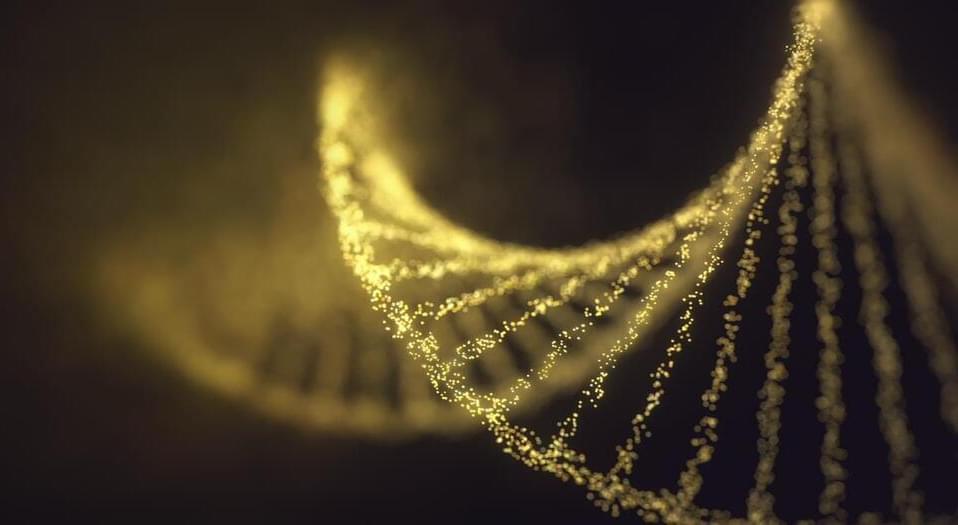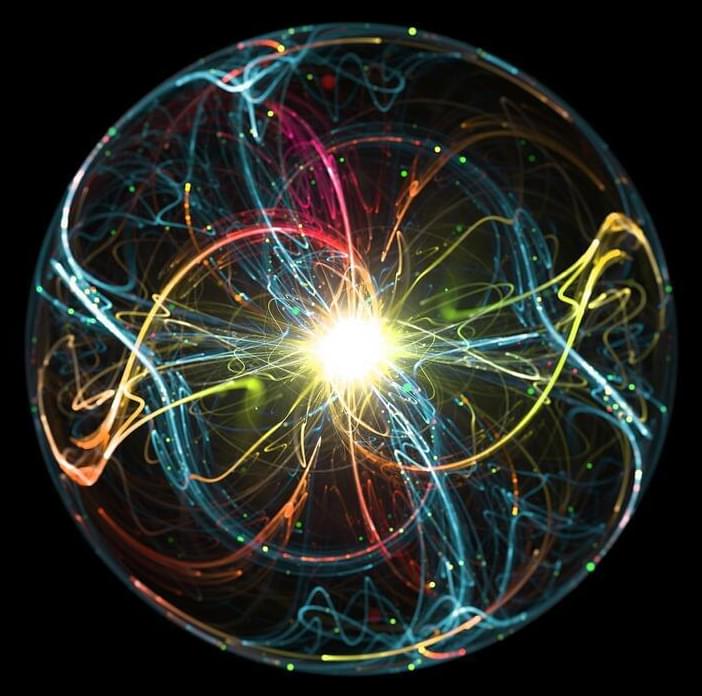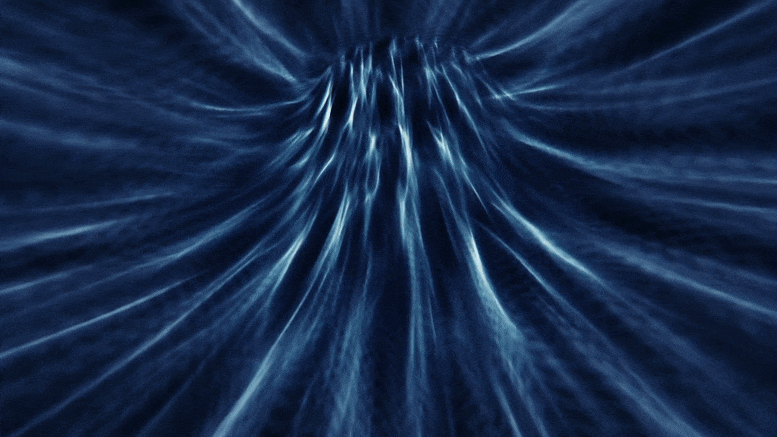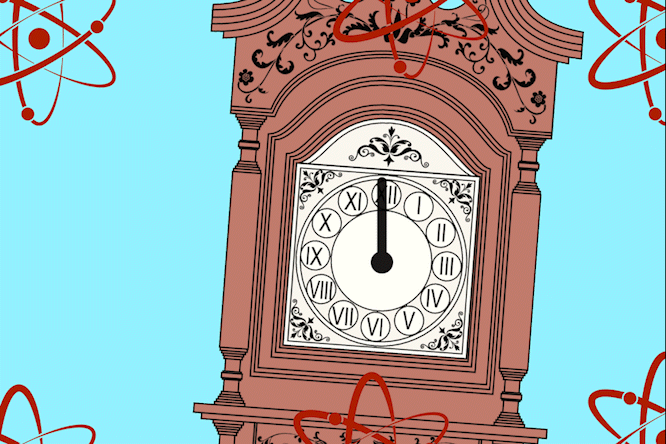Jul 28, 2022
An alternative superconducting qubit achieves high performance for quantum computing
Posted by Wise Technology in categories: computing, quantum physics
Quantum computers, devices that exploit quantum phenomena to perform computations, could eventually help tackle complex computational problems faster and more efficiently than classical computers. These devices are commonly based on basic units of information known as quantum bits, or qubits.
Researchers at Alibaba Quantum Laboratory, a unit of Alibaba Group’s DAMO research institute, have recently developed a quantum processor using fluxonium qubits, which have so far not been the preferred choice when developing quantum computers for industry teams. Their paper, published in Physical Review Letters, demonstrates the potential of fluxonium for developing highly performing superconducting circuits.
“This work is a critical step for us in advancing our quantum computing research,” Yaoyun Shi, Director of Alibaba’s Quantum Laboratory, told Phys.org. “When we started our research program, we decided to explore fluxonium as the building block for future quantum computers, deviating from the mainstream choice of the transmon qubit. We believe that this relatively new type of superconducting qubit could go much further than transmon.”
